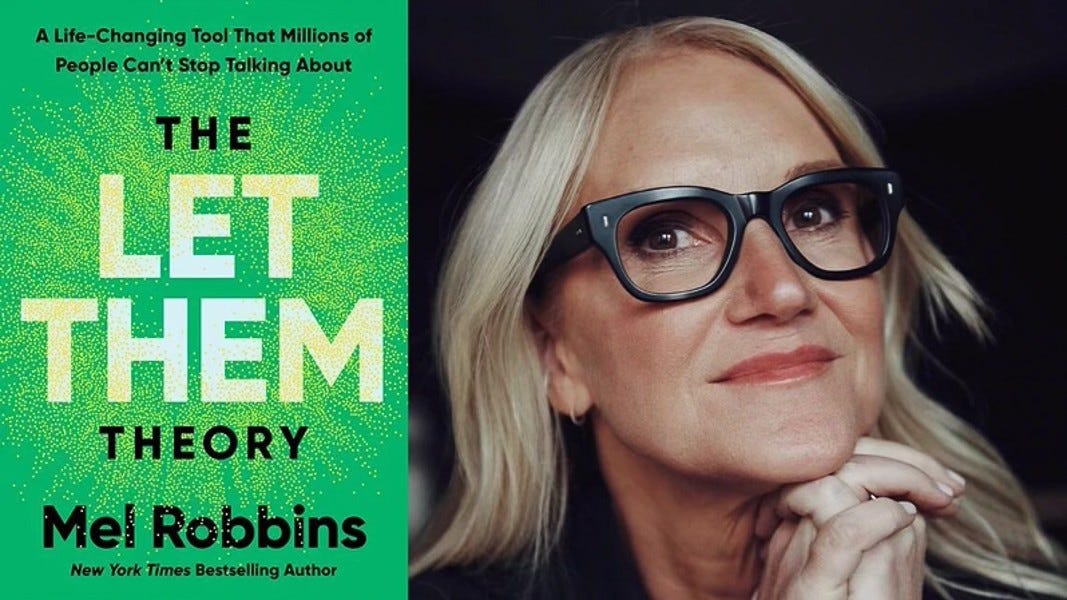On Curves
In a recent conversation with Marshall, we considered how our perceptions can create stress and limit our potential. Our discussion centered around three distinct bell curves that shape our perceptions and experiences: the curve of success, the curve of knowledge, and the curve of love and compassion. As I contemplated these ideas, I realized how they parallel the leadership archetypes we investigated in our book, Becoming Coachable: Striving, Rising, and Flourishing. This exploration led me to three key insights about the paradoxical nature of perception and its impact on our personal and professional lives.
The bell curve of success suggests that as we achieve more, the distance between us and those ahead of us appears to grow exponentially. There is a lengthening between data points the more standard deviations you are from the mean. This perception can foster a sense of scarcity and competition, mirroring the mindset of the Striving leader who views success as a zero-sum game. When we focus on what we lack, we risk overlooking the abundance of what we already have and of the new opportunities. Instead of comparing ourselves to others (especially those who we view as more successful), we can choose to celebrate our progress and find fulfillment in our unique journey. If we shift our perspective from one of lack to one of abundance, we open ourselves up to new possibilities and create a more positive and productive environment for ourselves and those we lead.
The bell curve of knowledge reveals that the more we learn, the more we realize how much we don't know. This realization can be both humbling and overwhelming, echoing the experience of the Rising leader who seeks knowledge for personal gain. However, embracing the vastness of what we have yet to discover can also be a source of excitement and curiosity. By adopting a growth mindset and collaborating with others, we can expand our understanding and create more knowledge for everyone. This approach benefits us as individuals and contributes to the collective wisdom of our teams and organizations. When we recognize that knowledge is not a finite resource to be hoarded, but rather a shared asset to be cultivated and disseminated, we create a culture of continuous learning and innovation.
The bell curve of love and compassion offers an even more optimistic perspective. Unlike the other curves, the more we give and understand, the more we recognize the infinite capacity for love and compassion. This abundance mindset aligns with the Flourishing leader who leads with humility and creates more for everyone. By cultivating a culture of empathy and collaboration, we can tap into the limitless potential of human connection and create a positive impact that extends far beyond ourselves. When we lead with love and compassion, we inspire others to do the same, creating a ripple effect that can transform our relationships, organizations, and communities. By recognizing the power of love and compassion as a renewable and expandable resource, we can create a more inclusive, supportive, and fulfilling environment for all.
In life and leadership, our perceptions can limit or expand our potential. When we view ourselves in competition with others, we constrain our growth and the growth of those we lead and love. However, we can create a ripple effect of positive change by embracing the paradoxes of perception and choosing to lead with love, compassion, and humility. As we navigate the complexities of our personal and professional lives, remember that our perceptions are not always reality, and that by shifting our perspective, we can unlock new possibilities for ourselves and those around us. We have the power to re-write our internal programming and become the people we want to be. By recognizing the abundance surrounding us, the infinite potential for knowledge and growth, and the transformative power of love and compassion, we can become leaders who inspire, empower, and uplift others. Doing so enriches our lives and contributes to a more compassionate, collaborative, and thriving world for all.
With love, gratitude, and wonder,
Scott
Mastering Leadership with Coaching Legend Sanyin Siang with Marshall Goldsmith
Marshall Goldsmith recently had an insightful conversation with renowned coach Sanyin Siang about the evolving nature of leadership in today's complex world. They discussed how the most effective leaders today must have a broad perspective beyond their own industry, the ability to connect with and inspire a multigenerational workforce, and a willingness to be vulnerable and ask for help. Sanyin emphasized the importance of leaders discovering and leveraging their unique "superpowers" - the innate strengths that energize them and differentiate their leadership.
The two friends also shared valuable advice for those in the coaching profession. They highlighted the power of bringing together diverse experts to support leaders holistically, focusing first on demonstrating care and understanding a leader's needs before offering solutions, and having the humility to decline engagements that aren't the right fit. Overall, their dialogue underscored that the best leaders and coaches today are generous, ego-free, and dedicated to enabling the greatness in others. It was an enlightening exchange between two field-defining coaches.
How I Learned to Be a Better Listener by mort aaronson
In a powerful reflection on personal growth, my friend Mort Aaronson shares how losing his ability to speak transformed him into a better listener and leader. After being diagnosed with tongue cancer and undergoing extensive treatment that severely impaired his speech, Mort, a seasoned C-level executive was forced to communicate through writing and careful, delayed responses. What initially seemed like a devastating limitation became an unexpected gift. The forced pauses between thoughts and responses created space for others to fully express themselves without interruption, leading to deeper connections and more valuable insights.
As his voice gradually returned, he maintained this new approach to communication, resisting the urge to dominate conversations as he once did. The result has been transformative for his leadership style and relationships. People began sharing more openly, including new ideas and uncomfortable truths, when they felt truly heard. This experience taught him that wisdom comes from age and collective input, leading him to develop an "EPIC growth" formula based on shared experience, perspective, insight, and courage. Now recovered and armed with a renewed commitment to listening, Mort approaches his future with gratitude and a deeper appreciation for collaborative wisdom.
THE LET THEM THEORY by Mel Robbins
Mel Robbins, recently published a book called "The Let Them Theory," which is causing quite a buzz. In her groundbreaking work, Robbins introduces a simple yet powerful concept: letting go of the need to control others and focusing on what truly matters in your life. By using the phrase "Let Them," she argues that you can free yourself from the opinions, drama, and judgments of others, and instead channel your energy into pursuing your own happiness, goals, and well-being.
Throughout the book, Robbins draws on her expertise in motivation, confidence, and mindset to provide readers with practical advice and tools for applying The Let Them Theory in various aspects of their lives. She shares relatable stories from her own experiences and incorporates insights from renowned experts in psychology, neuroscience, relationships, happiness, and ancient wisdom. With this no-nonsense, science-backed approach, Robbins guides readers on a journey of self-discovery and empowerment, helping them break free from fear, self-doubt, and the expectations of others to create a life they truly love.













